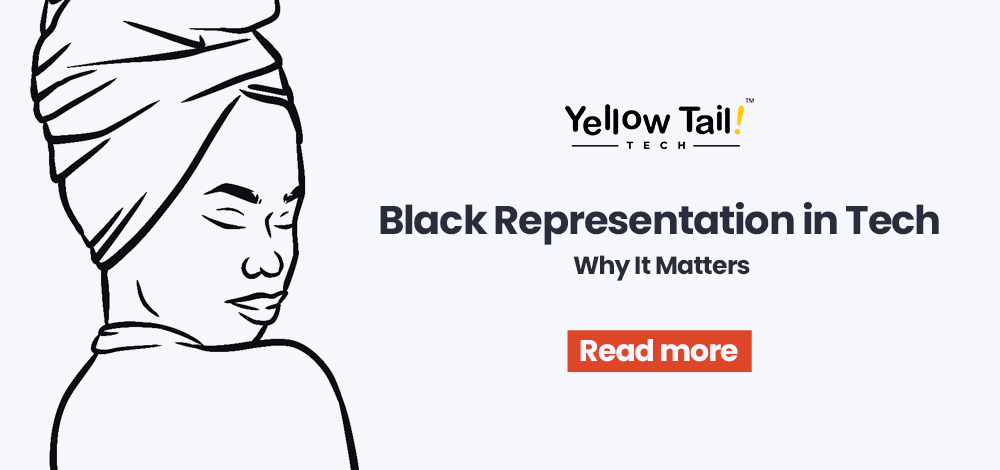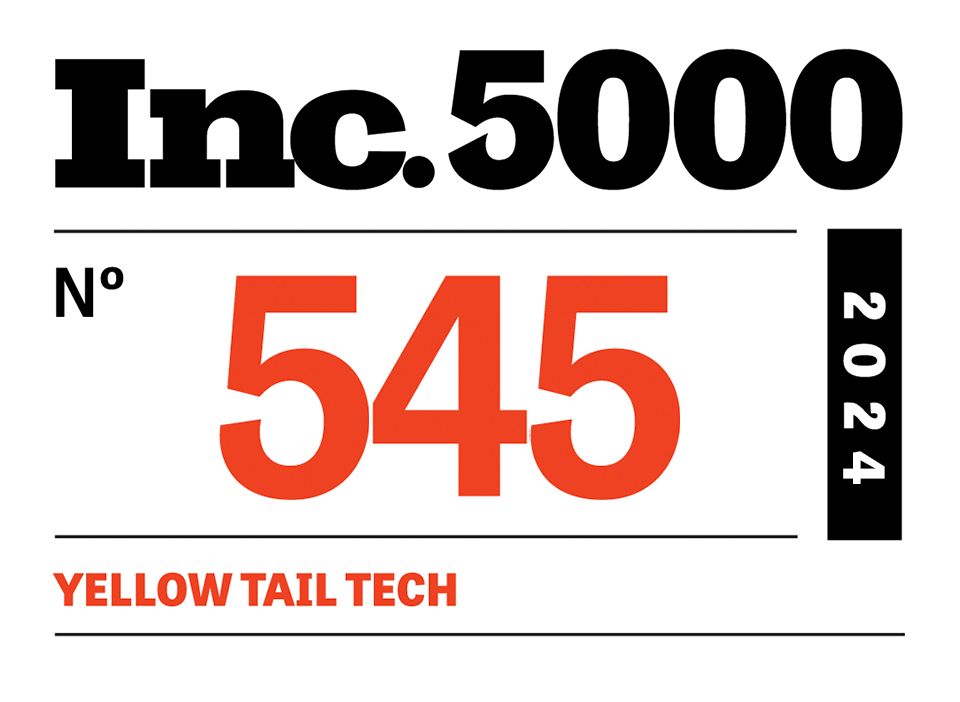In all industries, including the progressive and evolved IT sector, addressing the lack of representation and racial diversity remains a pressing challenge. The issue of diversity, particularly Black in Tech, persists, highlighting the need for concerted efforts to foster inclusivity and equitable opportunities within the technology landscape.

Introduction
It was in 2014 that bigger companies began to share their diversity reports, like Apple, Google, and Facebook. This act of transparency exposed the position in which the tech industry was in – dominated by American white males.
This act of transparency, initiated by Google, was intended to appear as a signal for change and progression. Followed by their initiative, other companies began to release their reports and Google themselves had dedicated over $150 million towards increasing the racial diversity of their workforce.
Since then, the power and the large scale of their workforce has grown twice in its amount but evidently, there is still a small amount of progress that has been made to represent the minorities. This needs to change.
The representation of black in tech in numbers
In order for us to see clearly, the lack of diversity is not only in a “little over half” type of dominance, but based on Google’s May 2020 report, only 3.7% of their employees are Black. This doesn’t only include the low positions, but includes executives, founders, and higher-ups investing in startups.
That 3.7% percentage has only increased by 2.7% since Google’s first report in 2014, where the total percentage of Black people in Google’s workforce only amounted to 1%. It has been more than 5 years that’s passed since the first report, and not much progress has been made.
Google is not the only company to fail in pushing the progress forward with more diverse and inclusive, because in 2014, Apple had 6% of Black people in their workforce but even years later, it did not improve. Including the higher positions and the executive board, Apple’s workforce is only 6% Black according to their 2020 diversity report.
No improvement was made at all. This speaks volumes regarding a trend that Black people, perhaps not only in America but the whole world as well.
What the numbers represent
We are shown in paper and through transparency that the representation of Black people in the tech industry lacks strongly. The numbers showcase how little diversity there is and it paints a clear picture of the main issue that should be addressed.
Diversity reports only show us the surface and how large the problem is. However accurate they are in showing us the truth, they are only a superficial version of the complexity of the situation – it doesn’t do anything to answer nor respond to the inequalities that Black people face in the industry.
A higher percentage means nothing if the racial inequalities and racism continue to exist, it doesn’t answer the way that black people are still unable to have opportunities the same as others to reach executive level positions – some even find difficulty in maintaining or starting a job in IT.
The IT sector is one of the industries in America that have generated large profit and wealth in the past decade, but it still isn’t as open as it should be towards black people. It’s time to face it: the problem isn’t with lack of qualification but the companies having their doors closed.
Why does it matter?
So, what is the importance of having black people in the industry? For starters, when you’re the only Black employee in a fully white floor in an office definitely makes you feel like an outsider. Even if it’s something you try not to notice, you will feel that you’re alone.
When you’re alone as a singular Black person in a mostly White workplace, you feel the stares, receive the feeling of being alienated. There’s an air of awkwardness that no one wants, but it’s still there.
The feeling of being a Black person in the IT industry reflects the experience of being a Black person in America. It tests your mentality and patience, and you always seem to think about if you can endure this, power through this, or not.
Underrepresentation has always been an issue, ever since the beginning of the rise of IT. You have the chance to fall victim to many stereotypes, chances of becoming the token “diversity hire,” and the judgement you know you receive behind your back.
Real representation is workplaces, companies like Apple and Google, opening their doors to giving out opportunities for those who deserve it. This is not to say that White people don’t, but that others deserve a chance to evolve and progress as well.
Despite the fight for equality and Black Lives Matter movement being active, there needs to be real change. Let Black people have the chance to lead, give the community opportunities to move up, and introduce bigger forms of diversity – not only in tech, but in all fields.
Black people need to be accepted, not for a certain company, not to fit in, and especially because there is nothing that could be changed especially when it comes to being treated like just another normal human being. Black people are still people and skin color have nothing to do with skills or experience.
The more chances and opportunities that are given to Black people to be part of the ever-growing IT industry, the bigger the number of safe spaces there will be. It is not the core solution needed to eradicate racism in its entirety, but it creates small patches for the whole that history has always had in terms of racial equality.









